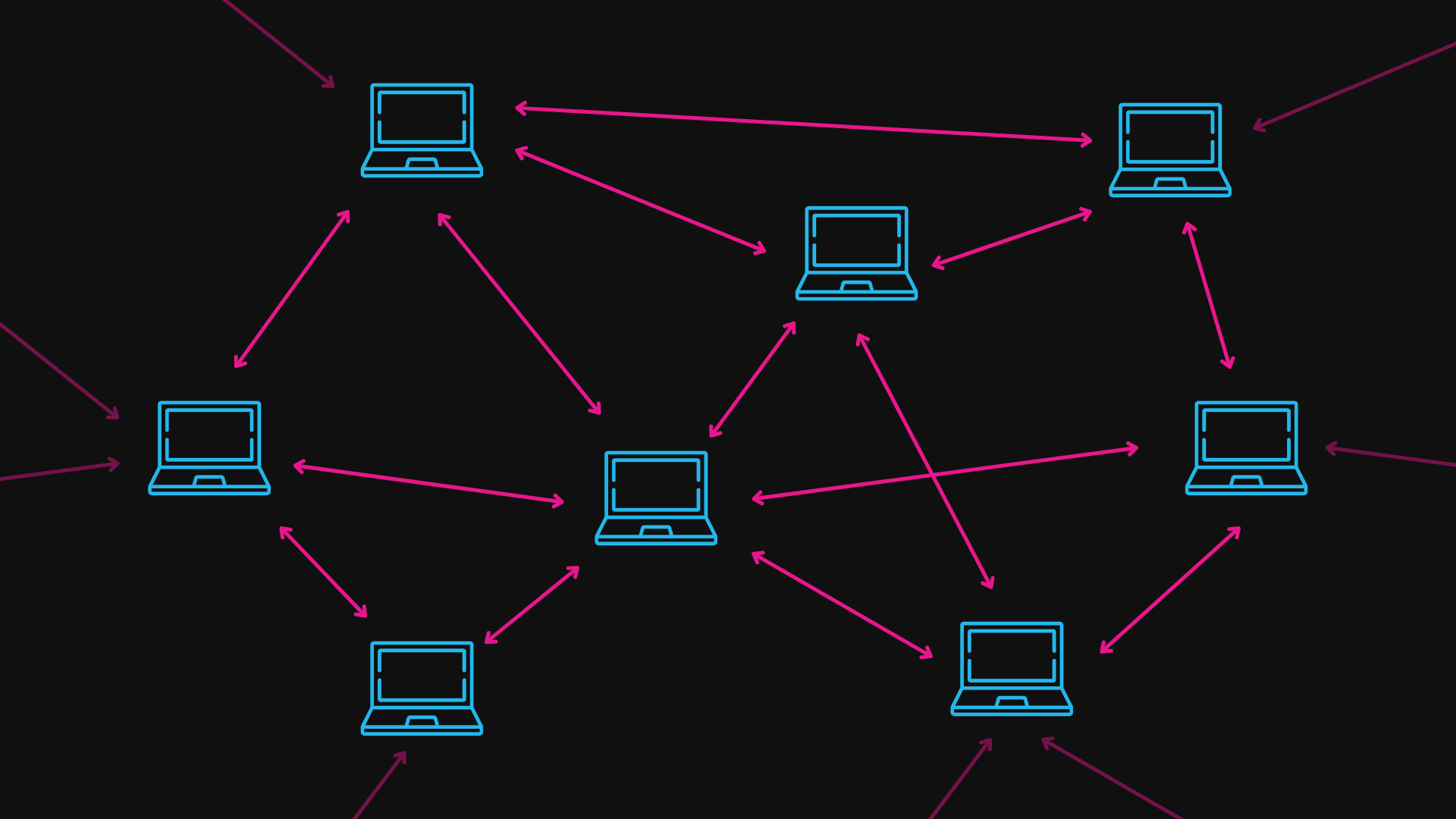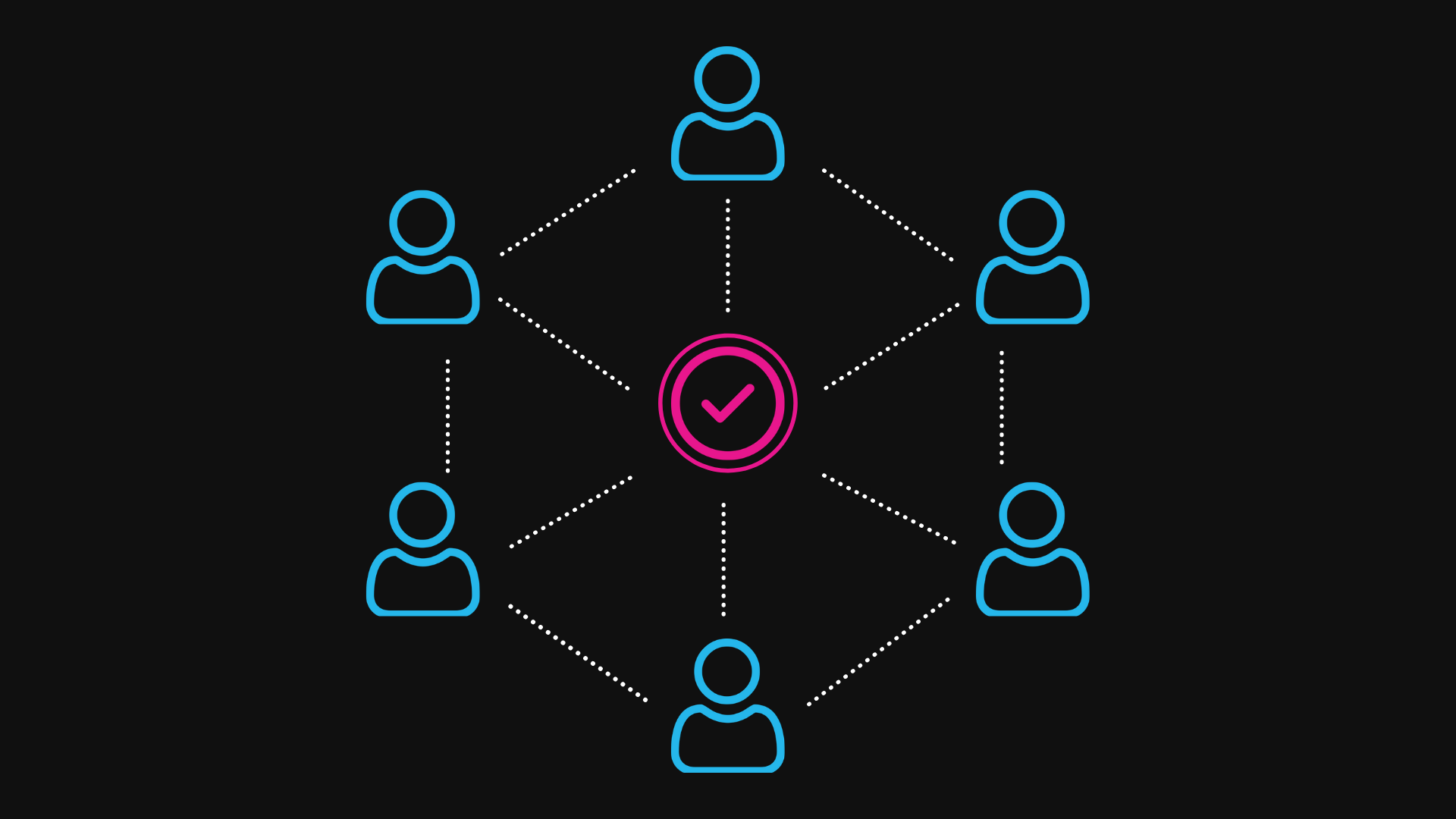Blockchain Nodes: What Are They?
Contents
Exchange crypto at best rates
Proceed to exchange
In recent times, several discussions have encircled the concept of blockchain nodes. It makes perfect sense for nodes to be talked about because, without nodes, Blockchains would not have been able to function as well as they do now. They play an immensely important role in the making of the blockchain. But before getting into further details, one must know what nodes are, and what are its uses.
What are nodes?
A blockchain node enables the developers to come up with multiple services. This is due to blockchain nodes being an open-source, cross-platform runtime. To get into further details, a blockchain is a product of several blocks of data which are then stored on nodes. Some examples of nodes are devices like computers, laptops, or even big servers, etc. These very nodes are responsible for shaping and forming the infrastructure of the Blockchains.

The reason behind the Blockchains being so up-to-date and relevant is that all nodes are connected to each other at all times, sharing the latest blockchain data between them constantly. Nodes are fully responsible for storing, spreading, and preserving the blockchain data so, technically speaking, a blockchain fully and completely relies and exists on nodes. To sum what a node is, it is more of a device, like that of a computer, which contains a full copy of the transaction history of the blockchain.
What are they needed for?
The node aims to preserve the reliability of the data that is stored on the blockchain. The more nodes on a blockchain, the more decentralized it is. The more decentralized it becomes, the more it is prone to threats like system failures. Upon the addition of new data, a node will play its role of communicating that very block to other nodes. Once the communication is done, the full nodes are in the position to either accept the block or reject it. It depends upon the validity of the block. This communication is done through the P2P protocol.
Consensus in the decentralized network

A consensus mechanism is also referred to largely as a fault-tolerant mechanism. It is usually used in computer and blockchain systems to get a unanimous agreement on a single value of data especially in the case of cryptocurrencies. The publicly shared ledgers are always on the lookout for an efficient, fair, effective, secure, and reliable mechanism that would ensure that all the transactions being done are genuine. Not only this, but all the participants agree on a unanimous decision on the status of the ledger. This task is done by the consensus mechanism.
There are two major types of consensus mechanism algorithms. They are:
- Proof of Work (PoW)
- Proof of Stake (PoS)
There are several other types of consensus algorithms. What needs special emphasis here is that the more memory a node has, the more rights are granted to it for the maintenance of a public ledger.
Nodes Types
Nodes are typically classified into 3 distinctive categories:
1. Full Node
Full nodes comprise a single copy of the blockchain history; be it transactions or timestamps. It plays the role of a core server across several decentralized blockchain networks. The full nodes in a network tend to get each block in a blockchain verified, authenticated, and stored. Taking the example of a typical blockchain consisting of 6 full nodes; starting with a copy of all the existing blockchain transactions is stored on full nodes. This makes them being classified under the category of “data-heavy” which becomes a reason behind them requiring comparatively more advanced computing power and energy. This makes them fairly expensive.
2. Light Node
Light nodes are also referred to as SPV nodes. They are the downloaded wallets and are connected to full nodes to validate the information that is stored on the blockchain itself. Light nodes are quite similar to full nodes. However, what differentiates them is that instead of storing the complete transaction history of a blockchain, they hold a block header. A block header is an in-depth summary of a particular block. Not only this, but the block header also includes information of a previous block that this block is connected to. What this does is that it supports and answers any query regarding the validity of the previously done transactions. Having a look into how light nodes work; light nodes are connected to full nodes which in return allow the light nodes to access and verify transactions. The light nodes are entirely dependent on full nodes to provide them with the validated data. The use of light nodes helps in the further decentralization of a network.
3. Mining nodes
Mining nodes are responsible for producing blocks for the blockchains. In this category, the miners take up the position of the nodes. These miners are given complete responsibility for the completion of certain tasks. For instance, they have to find a nonce that is according to the present network difficulty. When a miner successfully solves a cryptographic problem, he is often rewarded with either cryptocurrencies or tokens. What should be kept in mind here is that mining nodes are solely responsible for the creation of blocks that are to be added to the blockchains and not for the maintenance of the blocks.
Nodes and Forks
A blockchain fork is a majorly agreed upon software update. Each of the full nodes runs the software needed to get the verification of the public ledger done and ensure that the network is kept safe. The more is the presence of full nodes that run the software, the safer the network is. There is a compulsion for each node to run the same chunk and piece of software to be able to get access to the same, shared ledger. Forks are also categorized into hard forks and soft forks. Hard forks are incompatible with the older version of the software and change the consensus rules.
Conclusion
The communication held between bitcoin nodes is through Bitcoin P2P network protocol through which high levels of integrity are guaranteed. Full protection is guaranteed against possible frauds and attacks. Therefore, the amount of attention that it has gained makes complete sense due to its importance. Nodes are a major development in the field of blockchain, as it not only secures transactions but makes the whole system more and more decentralized.